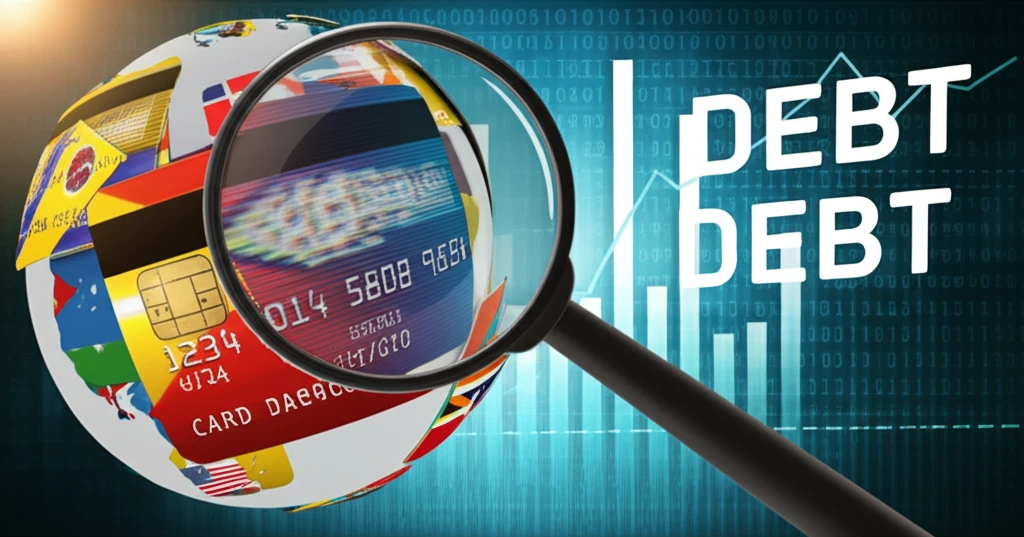
Decoding Credit Risk: What Drives Sovereign Debt Markets?
"Navigate the complexities of sovereign credit risk and its economic determinants to make informed decisions in global finance."
The world of finance is constantly evolving, with new challenges and opportunities emerging all the time. One area that has become increasingly important is the study of sovereign credit risk—that is, the risk that a country will default on its debt obligations. This is a critical issue for investors, policymakers, and anyone with a stake in the global economy.
In the past, sovereign risk was often seen as a concern primarily for emerging economies. However, events like the U.S. debt downgrade in 2011 and the Eurozone crisis have brought sovereign risk to the forefront, demonstrating that even developed nations are not immune. Understanding the factors that influence a country's creditworthiness is now more important than ever.
In a complex and interconnected global economy, figuring out what affects sovereign credit becomes essential. Recent research offers valuable insights, employing sophisticated models to pinpoint the economic and financial factors that drive credit risk premiums in sovereign debt markets. By understanding these dynamics, investors can make more informed decisions, and policymakers can better manage their economies.
Key Factors Influencing Sovereign Credit Risk Premiums

Recent research has identified several key economic and financial factors that influence sovereign credit risk premiums. These factors can be broadly classified as either global or local (country-specific) in nature. Let's explore some of the most significant determinants:
- U.S. Treasury Term Structure: The level and slope of the U.S. Treasury yield curve serve as important indicators of global economic conditions and investor sentiment.
- VIX Index: Often referred to as the "fear gauge," the VIX index reflects the implied volatility of S&P 500 index options and provides a measure of market uncertainty and risk aversion.
Making Sense of Sovereign Debt in Today's Economy
In conclusion, understanding the economic and financial factors that determine credit risk premiums in sovereign CDS markets is crucial for investors and policymakers alike. While models can provide valuable insights, the ever-changing nature of the global economy means that careful analysis and informed judgment remain essential. By staying abreast of the latest research and trends, stakeholders can navigate the complexities of sovereign debt markets and make sound decisions.
